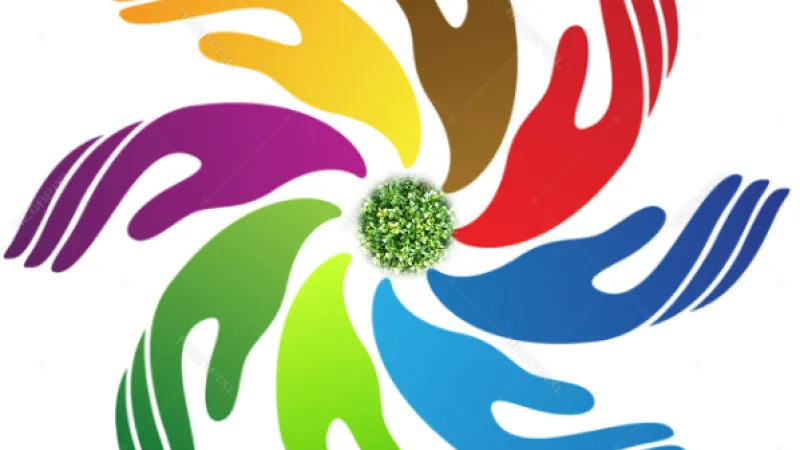WOMEN EMPOWERMENT THROUGH MICRO ENTERPRISES
EMPOWERING OF DESERVING WOMEN FROM SMALL MICRO ENTERPRISES

Project Description
-
SME Business are 35% of the Indian
Economy and plays a great role in providing the employments .Working Capital being the major issues of SME since the independence.
The challenges faced by the SME are several which stops the growth of the Industry’s .
This led to the inception of SME by RAM BANERJEE, with the aim of making working capital easily accessible to such growing SMEs.
-
We are here to Revolutionize the Alternative Lending Industry, Lending Industry currently lacks a proven system that favors the growth and success of individual help them reach six and seven figures in their businesses.
-
u Micro Finance in India is playing an important role in poverty alleviation and is widely credited for its success both nationally and internationally. India’s labor force-Agriculture (60%), Industry (12%) and services (28%) clearly indicate that even today agriculture is a major employment generator. However, in terms of contribution to GDP, agriculture contributes only 17.2%, whereas industry (29.1%) and services (53.7%) contribute much more.uFrom the above, it is evident that though there is scope for employment generation in agriculture, there is a significant shift to services and industries, suggesting that there has been a migration of population towards urban locations. With 25% of the population still living below the poverty line and an unemployment rate of 6.8%, life in urban locations throughout the country is going to be more difficult. Hence to meet this challenge, the Micro Finance sector is reaching out to more of the urban poor. Thus there is a significant shift towards urban Micro Finance.uuOur country has a population of 116.60 Crores and a population growth rate of 1.548%.About 71% live in rural areas, while 29% live in urban areas. India’s diverse economy encompasses traditional village farming, modern agriculture, handcrafts, a wide range of modern industries, and a multitude of services. Services are a major source of economic growth, accounting for more than half of India’s output with less than one third being the labor force. Slightly more than half of the work force is in agriculture, leading the government to articulate a rural economic development programmer that includes creating basic infrastructure to improve the lives of the rural poor and boost economic performance.uThe government has relaxed controls on foreign trade and investment. Higher limits on foreign direct investment were permitted in a few key sectors, such as telecommunications. However, tariff spikes in sensitive categories, like agriculture and incremental progress on economic reforms still hinder foreign access to India’s vast and growing market.
The economy has posted an average growth rate of more than 7% in the decade since 1997, reducing poverty by about 10 percentage points. India achieved 8.5% GDP growth in 2006, 9.0% in 2007 and 7.3% in 2008, thereby significantly expanding the manufacturing processes. India is also capitalizing on its large number of English educated people, and is becoming a major exporter of software jobs and services.uThe Indian Fintech market is estimated to record a CAGR of approximately 12% during the forecast period.uThe Indian Fintech industry has shown huge growth over the past few years. India is gradually becoming a hub for many Fintech startups, the prominent names in the list are Paytm, Pine labs,u Pay U, and Fair cent. Softbank has been actively investing in many potential fintech startups. India has secured the second position in the world with the largest fintech startups following the United States in 2018 (over 1,300 Startups were added between 201 to 2018 period). Government initiative toward promoting digitization of financial systems and cashless economy has been helpful in shifting consumer focus toward digital alternatives for financial transactions and services.uThe adoption of Fintech, worldwide, grew at a rate of 64% in 2019, and in emerging markets, like China and India, the growth rate is at 87%. Funding from a diverse set of domestic and international stakeholders also contributed to the growth in digital payments. The rise of digital commerce, innovation in payments technology using AI, blockchain, the Internet of Things (IoT), and real-time payments and the introduction of mobile point of sale (POS) devices have also contributed to growth. 80 % of the banking activities at top banks in the country run on digital channels, the country also has its own remittance programs that include FX Networks, Insta ReM, and Remitly. Many of these companies launch innovation labs, partnering with fintech firms to develop Proof of Concept (POC) and to roll out products. Reserve Bank of India helps finance startups with loans for technology, while government approved new banking licenses and increased the FDI limit in the insurtech sector.
Updates
The Campaign FAQs
Frequently Asked Questions:
- Please, replace this example content
Just Because I Care
Rewards
Just Because I Care